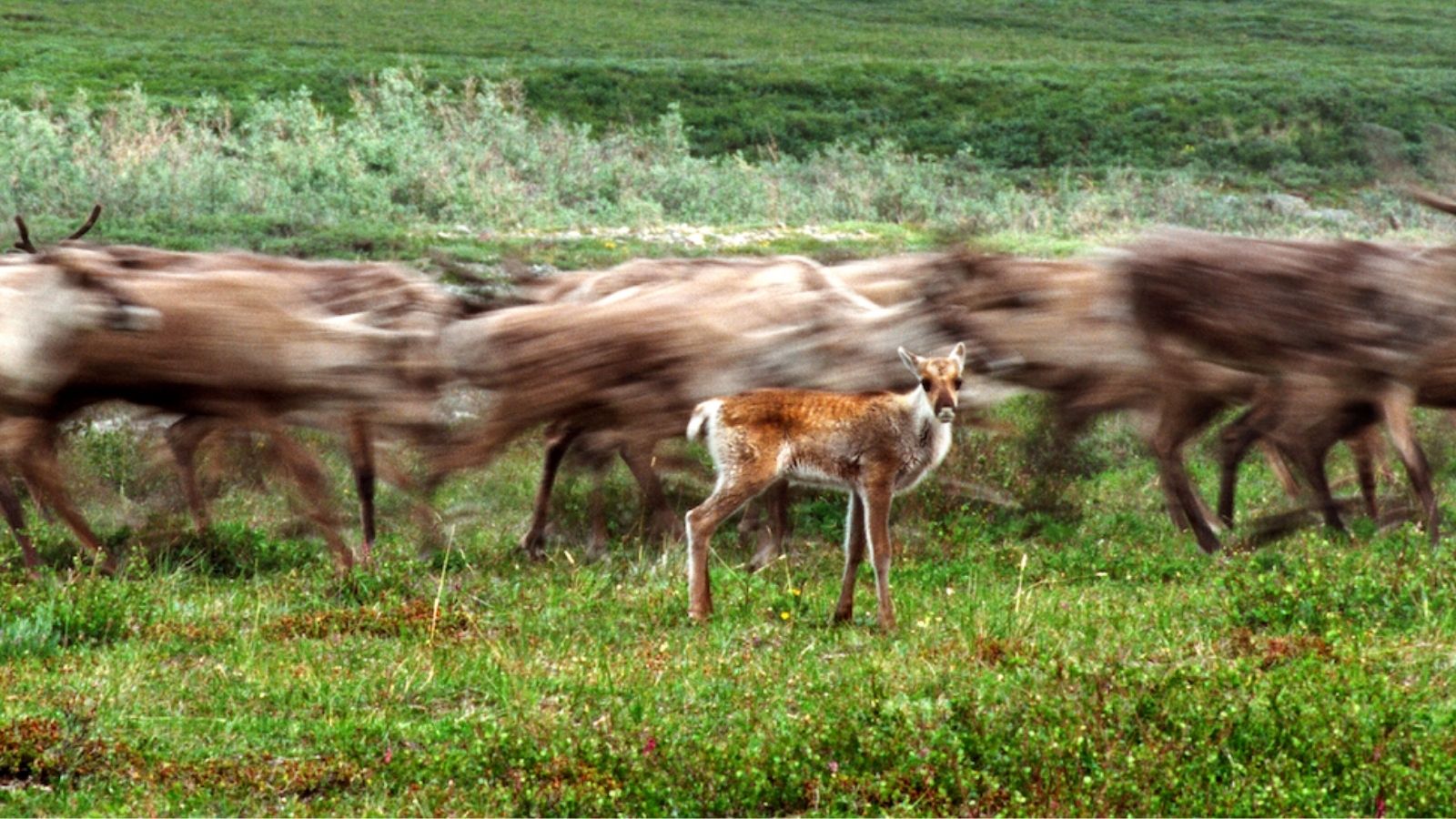
Our decades-long campaign to defend the Arctic National Wildlife Refuge is not over
There are few places on the planet where humanity’s footprint has been lighter than the Arctic National Wildlife Refuge.

There are no roads or official campgrounds within its borders. Herds of caribou still ford its rivers; eagles still bank above its plains; polar bears, foxes, porcupines, 200 species of bird and too many other beings to count still thrive in this chill Eden above the Arctic Circle, a place more biologically rich and diverse than most of us can imagine possible anywhere north of Seattle, let alone Anchorage or Fairbanks.
The debate over what to do with the Arctic Refuge’s 19 million acres dates back to 1930, when forester Bob Marshall wrote about “repulsing the tyrannical ambition of civilization to conquer every niche on the whole earth.” As journalist Brooke Jarvis said, Marshall saw the Arctic lands he had explored as “not another chance to keep chasing America’s so-called Manifest Destiny, but a chance to finally stop chasing it.”
In 1977, environmentalists began the effort to pass what became known as the Alaska National Interest Lands Conservation Act. With Ronald Reagan’s defeat of Jimmy Carter in November 1980, they accepted a compromise over the fate of the refuge’s 1.5 million-acre coastal plain, choosing not to designate the area as wilderness. Instead, Congress directed the U.S. Department of the Interior to research the plain’s potential for oil development, but reserved for itself the decision whether to allow leasing and drilling.
So began a perennial struggle to protect the Arctic Refuge’s protections that would span decades. Alaskan politicians and fossil fuel interests lobbied Congress after Congress for the green light to drill. Every time they did, Environment America was there, together with the native Gwich’in people (for whom the caribou is a chief form of sustenance and a cultural touchstone) and the rest of the environmental community, to push back, employing whatever tactics we could to make the case for the Arctic and its wildlife.
These included working our contacts in the halls of power, meeting with legislators and their staff and conveying the importance of the Arctic to all Americans who cared about wildlife and open spaces. We foiled votes to open the refuge in 1991, 1996, 2002 and 2005 (and helped secure a veto by President Bill Clinton in 1995), making drilling in the Arctic a third rail for anyone looking to call themselves an advocate for the environment, a sticking point that held up the federal budgeting process multiple times.
Behind the dramatic votes, the Capitol Hill meetings, and the debates among decision-makers, our on-the-ground organizing got us in the door.


That grassroots action was especially effective in foiling the 2005 vote. In the summers of ‘04 and ‘05, we unleashed the full power of our nationwide canvass to defend the Arctic, knocking on millions of doors and talking to hundreds of thousands of people about the issue. Meanwhile, we crisscrossed the country with a giant inflatable caribou to help focus media attention on the plight of the Arctic and all its wildlife. In the lead-up to the ‘05 vote, organizers with Green Corps (a field school for environmental organizers that’s also a part of The Public Interest Network) brought more than 5,000 concerned citizens to an Arctic Refuge Action Day at the Capitol. Never before had so many Americans converged on the Capitol to lobby on a single environmental issue.

Unfortunately, the push to drill didn’t let up, and the Arctic Refuge was finally opened by a Republican-led Congress in 2017. There’s no denying it: It was a bitter pill to swallow, especially since we’ve been in this fight for so long.
But though we lost that battle in Congress, the bigger contest over the fate of the Arctic Refuge is not over. In 2019, the Trump administration moved to lease parts of the refuge for oil exploration and drilling.
On Aug. 17, 2020, the administration finalized its plan, through the Department of the Interior, to begin leasing sections of the refuge for drilling as soon as the end of this year. We have evidence that the administration’s decision-making has taken unlawful shortcuts, with Senior Conservation Campaigns Director Steve Blackledge saying, “We will turn to the courts to fight this foolish and deeply damaging effort.”
We’re taking legal action on behalf of our members. But we will also represent — in a moral, if not legal sense — the caribou and the wolf, the eagle and the polar bear, the mountain and the river, the beauty and the silence that should remain undisturbed by industry.
We’re also suing on behalf of an idea — that for a very long time, but especially now, when our scientific and engineering ingenuity has made it easier than ever to conserve, use energy efficiently, and get all the power we need from renewable sources, we have, or should have, outgrown the “tyrannical ambition to conquer every niche of the whole earth.”
We need more nature, not less. Our ambition should be not to conquer the earth, but to restore it.

Topics
Find Out More


Bank of America said it would stop financing drilling in the Arctic Refuge. Now it’s backtracking.

Endangered species can’t wait for protection

